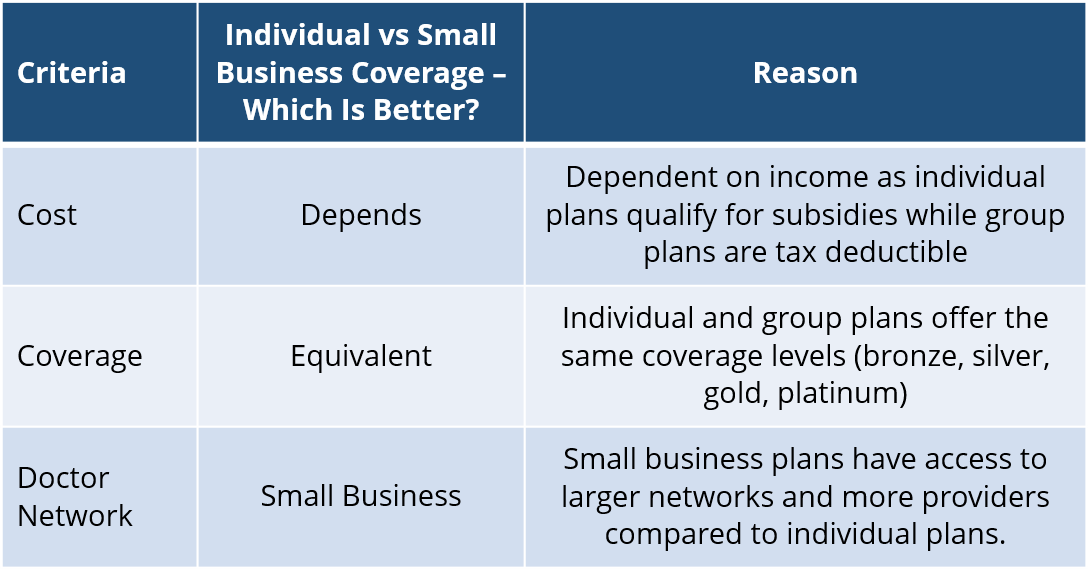Shop At Haya: Your Ultimate Shopping Guide
Discover the best shopping tips, trends, and deals for a smarter buying experience.
Why Your Small Business Needs a Safety Net (and What It Costs)
Discover the hidden risks your small business faces and learn why a safety net is essential—plus, find out what it truly costs!
The Essential Guide to Building a Financial Safety Net for Your Small Business
Establishing a financial safety net for your small business is crucial in navigating unforeseen challenges. Building a cushion involves assessing your current financial status and forecasting future expenses. Start by creating a detailed budget that includes fixed costs like rent, utilities, and salaries, as well as variable expenses such as inventory and marketing. It's recommended to set aside at least 3-6 months' worth of operating expenses as your initial savings goal. This financial buffer can help ensure survival during tough times and provide peace of mind for any business owner.
Once you've established a budget, consider setting up a dedicated savings account exclusively for your business safety net. This account should be separate from your operational funds to avoid the temptation of mingling business and safety net resources. Finally, regularly review and adjust your savings goals as your business evolves. Utilize financial tools and apps to track your progress while staying motivated to grow your safety net. Remember, a strong financial safety net not only protects your business but also enhances your confidence in making strategic decisions for future growth.

How Much Does a Safety Net Really Cost for Small Businesses?
When considering the cost of a safety net for small businesses, it's essential to evaluate both tangible and intangible expenses. On average, small businesses can expect to spend anywhere from $500 to $5,000 annually on safety net programs. This includes the costs of insurance policies, emergency savings funds, and employee training associated with workplace safety. However, these expenses can vary widely depending on the type of business, its location, and the specific safety measures implemented. By investing in these protective measures, owners often find that they save money in the long run by avoiding costly accidents and liabilities.
In addition to direct costs, small business owners should also consider the impact on employee morale and productivity. A well-implemented safety net can lead to decreased turnover rates and enhanced job satisfaction, which are vital for maintaining a competitive edge. According to recent studies, companies that prioritize safety often report increased productivity levels and a more engaged workforce. Thus, while there is an upfront cost associated with establishing a safety net, the potential benefits, including improved employee retention and reduced operational interruptions, far outweigh the initial investment.
Is Your Business Prepared? Key Reasons Every Small Business Needs a Financial Safety Net
In today's unpredictable market, having a financial safety net is essential for every small business. A solid financial cushion can help you navigate unexpected challenges such as sudden drops in revenue, unforeseen expenses, or economic downturns. Without this safety net, your business may face significant risks that could threaten survival. It's crucial to conduct a thorough assessment of your financial position and consider establishing an emergency fund that can cover at least three to six months of operational costs. This preparation not only provides peace of mind but also enhances your ability to seize new opportunities without the constant worry of financial instability.
Moreover, a financial safety net enables small businesses to adapt to change more efficiently. When emergencies arise, having reserved funds allows you to pivot quickly—be it investing in new technology, hiring essential staff, or increasing inventory to meet rising demand. Maintaining financial flexibility can position your business for growth and longevity. In summary, establishing a financial safety net isn't just a precaution; it's a fundamental strategy that empowers your business to thrive in a competitive landscape.